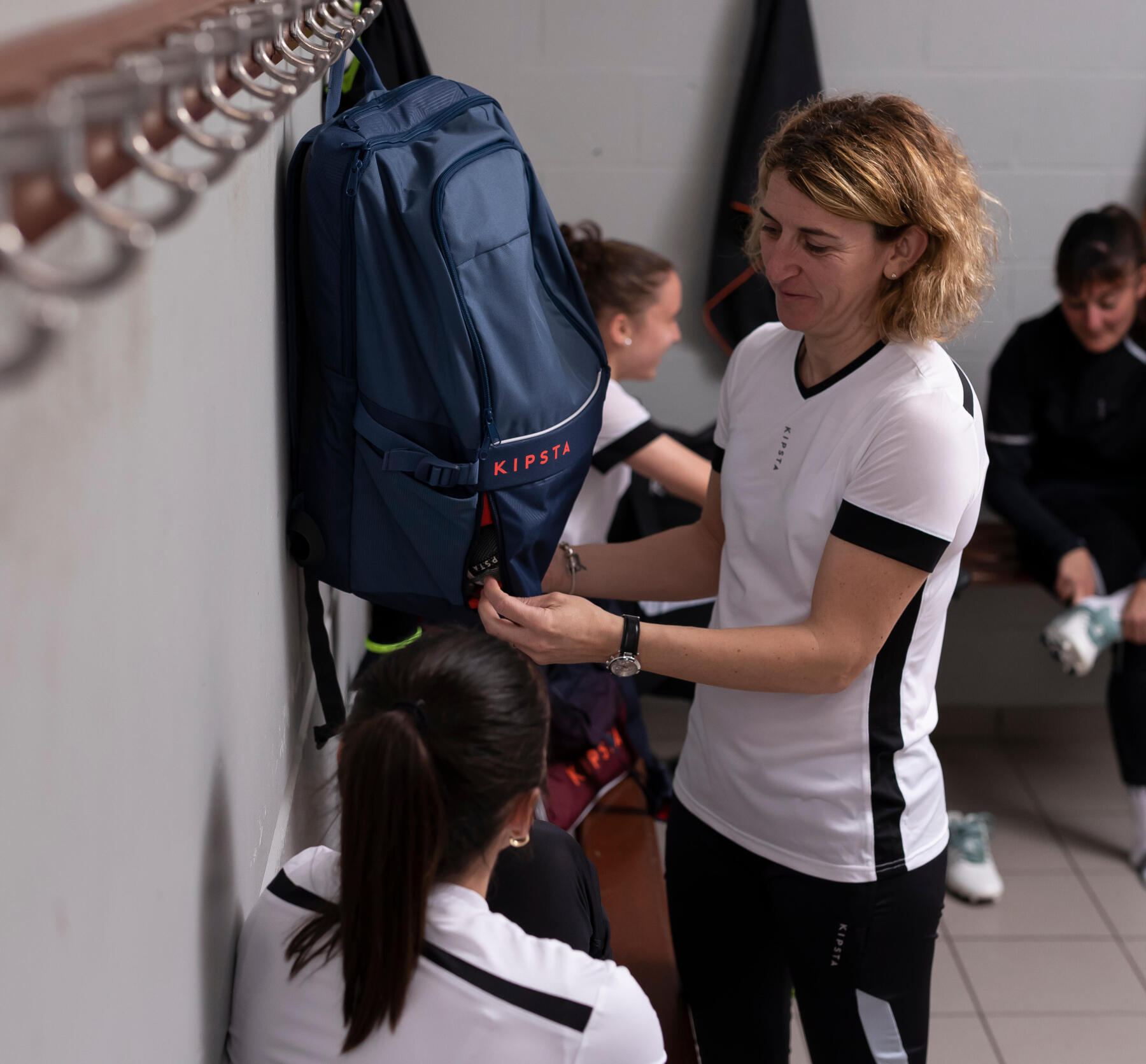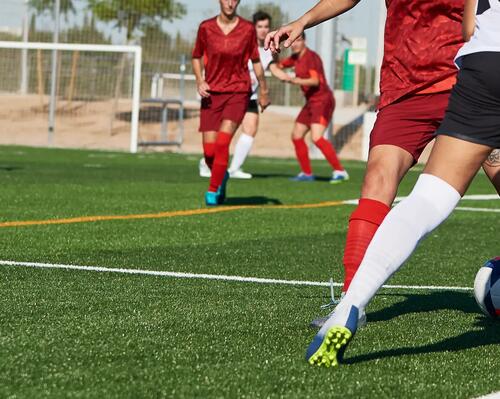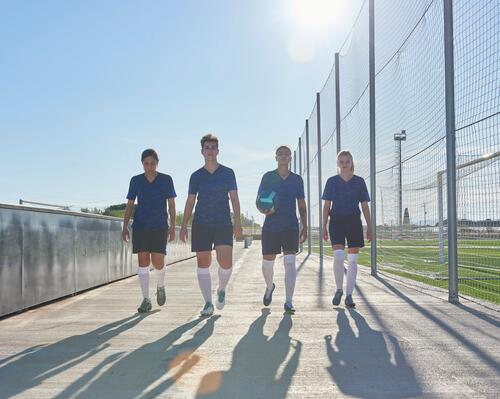A bag that meets your needs
My advice is to take your time in choosing the right bag for you. There are different kit bags that can be carried in different ways.
The classic holdall. Very popular with footballers, the holdall comes in many different sizes. No matter how much gear you want to carry, there will be one for you. If you're the type of player who likes to take two pairs of boots or two or three pairs of shorts in case a team-mate forgets theirs, then this could be the type of bag for you.
You can also go for a backpack, which is easier to carry, especially if you take a bike, moped or motorbike to training.
There are roller bags too. They're very easy to move around when you're on foot. Roller bags with rigid bottoms protect your gear too. You'll often see professional players stepping off buses with a roller bag.








